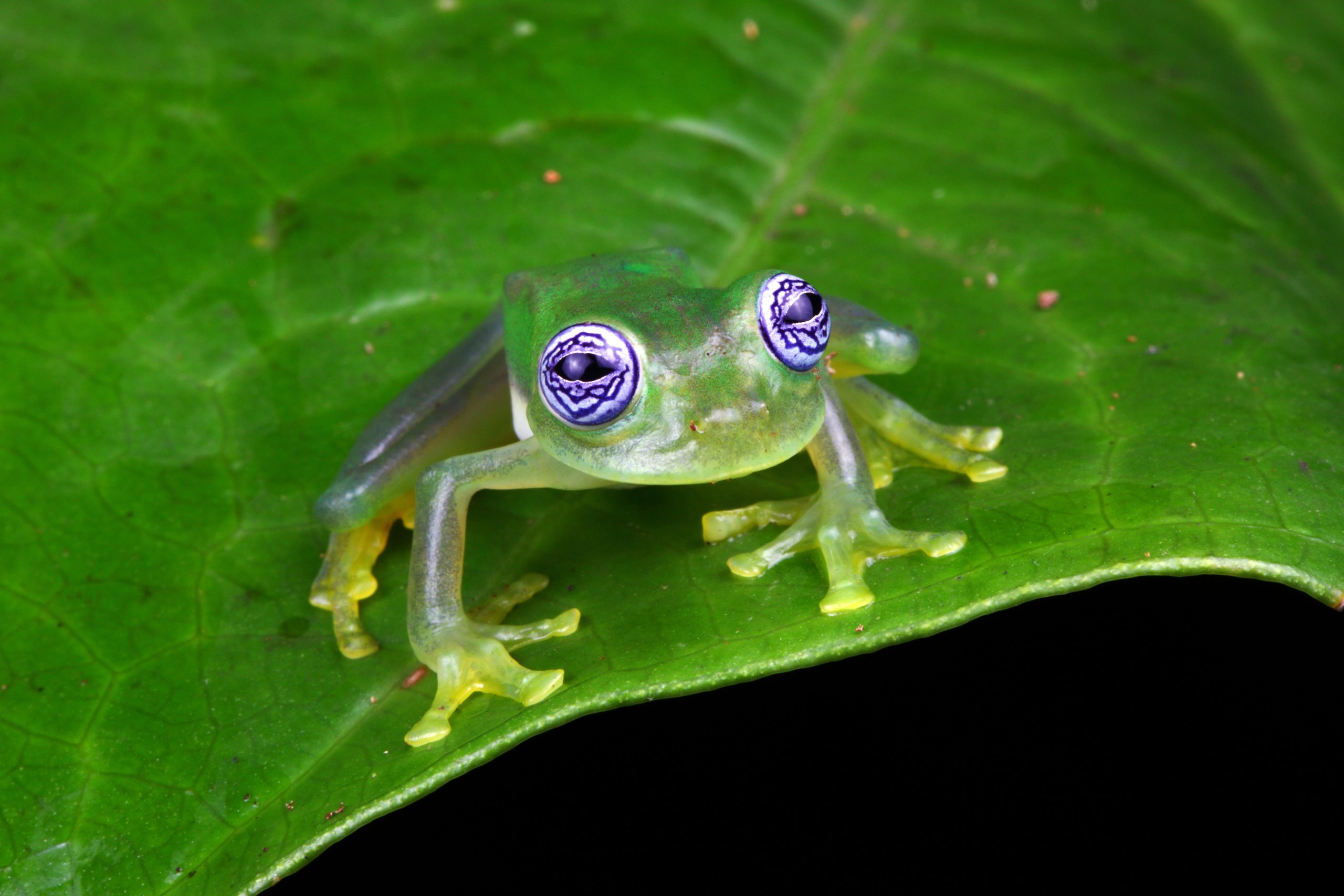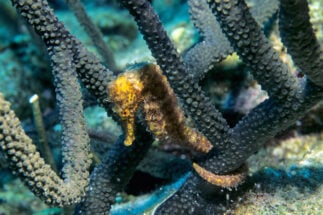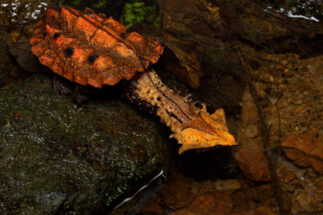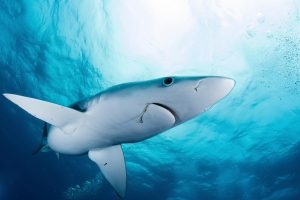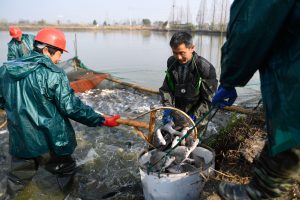The majority of the international trade in shark fins will be regulated for the first time and a slew of new protections for Latin American turtles, frogs and stingrays that are caught in the wild and sold as pets in Europe, the United States and Asia will be brought into force following a global wildlife summit held in Panama which concluded on Friday.
The 19th Conference of the Parties (CoP) to the Convention on International Trade in Endangered Species of Wild Fauna and Flora (CITES), which took place in Panama City from 14–25 November, saw signatory governments convene in Latin America for the first time in 20 years.
What is CITES?
It is a global agreement that aims to ensure that international trade does not drive wild animals and plants to extinction, by regulating or prohibiting trade in species included on its appendices.
“The fact that this CoP was held in Latin America allowed for more participation from Latin American governments and NGOs, and I think it has allowed for more visibility of Latin American issues,” said German Forero, science director at the Wildlife Conservation Society Colombia, at the meeting in Panama.
“Usually, the focus [at CITES meetings] is charismatic animals from Africa and Asia, but people are now looking at problems beyond those big species. Wildlife trade is common in Latin America and unfortunately trafficking as well, but we’re talking about small species that are easier to smuggle: frogs, turtles, rays, fish. I think that shift in focus is important, as we look at problems in Latin America, which has very high biodiversity,” Forero added.
CITES is a global agreement first signed in 1975, which now has 183 signatory countries, plus the European Union. CITES aims to ensure that international trade does not drive wild animals and plants to extinction, by regulating or prohibiting trade in species included on its appendices. Appendix I is meant for the most threatened wild animals and plants, and international trade in these species is generally prohibited. Appendix II is intended for species which might become threatened by trade if it is not regulated. Commercial trade in these species is allowed if the exporting country issues a permit which confirms it was harvested both legally and sustainably.
As overexploitation and trade has been identified as the second biggest driver of the global biodiversity crisis, CITES has the potential to play a crucial role in minimising harm to the planet. Here we take a look at five key decisions made at CoP19 that could have a major impact on wild animal and plant species in Latin America.
Most shark fin trade to be regulated
Among the most notable outcomes from CITES CoP19 were the decisions to add three families of sharks and rays to Appendix II, meaning international trade in these species will be regulated for the first time.
Panama, alongside Colombia, Dominican Republic, Ecuador, El Salvador and 36 other countries, led a proposal to include all 56 species of requiem sharks (of the family Carcharhinidae) on Appendix II. The proposal highlighted that 68% of species in the family – which includes such well-known species as the blue shark and reef sharks – are threatened with extinction, and that requiem sharks represent up to 86% of the global shark fin trade. The proposal focused on 19 particularly threatened species, and argued that as shark fins and meat are very difficult to identify, trade in the whole family needs to be regulated for these species to be effectively protected.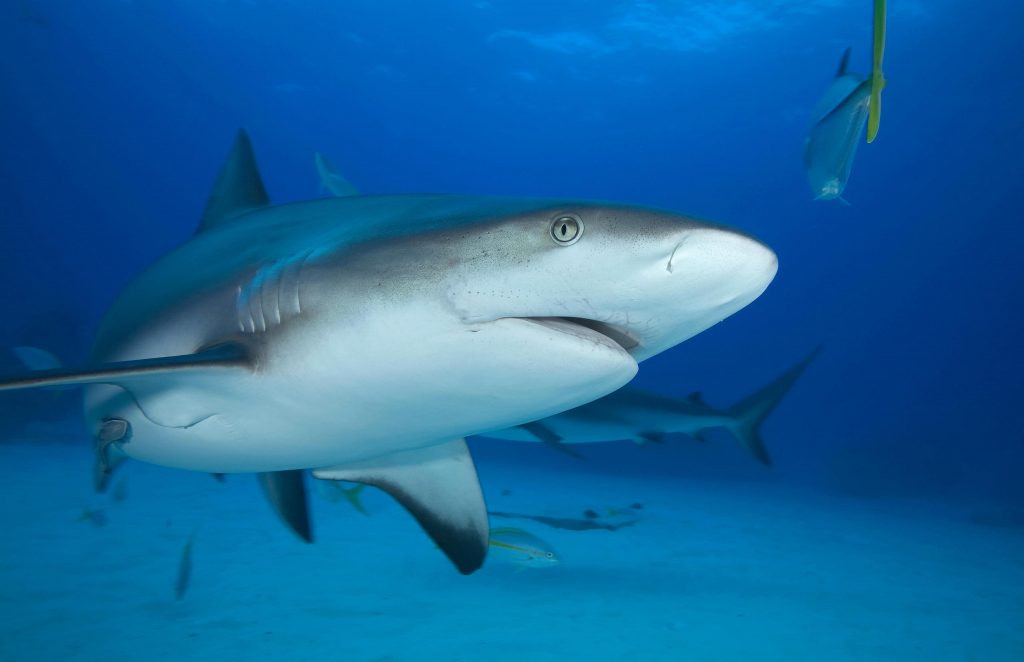
Despite a proposal from Japan, supported by several other countries, to restrict the listing to only the most threatened species in the family, and a suggestion from Peru to exclude the blue shark, the parties gathered in Panama voted to regulate trade in all requiem sharks.
Also adopted were proposals to include the hammerhead shark family (Sphyrnidae) – which are also traded for their fins – and guitarfishes to Appendix II. The majority of species in both of these families are considered endangered by the International Union for Conservation of Nature (IUCN).
“We are extremely happy because the world has woken up to conservation of sharks, the top predators that maintain equilibrium of the ecosystems which our coastal communities need,” said Shirley Binder, a senior adviser to Panama’s Ministry of Environment and chair of the CoP19 plenary, who introduced the requiem shark proposal at the meeting.
Stan Shea, marine programme director at the Bloom Association Hong Kong, an NGO which works to protect the oceans told Diálogo Chino: “This CoP has helped marine conservation move a step forward, not only with listings but with new implementation tools. Now, with more species being listed on CITES, we can get species-specific data on how much is being traded, so researchers can understand more about the trade. The next step is thinking how we will implement and enforce [the listings] properly, making sure the trade is legal and sustainable.”
Protection for transparent frogs
At CITES CoP19, the world’s governments adopted a proposal submitted by Costa Rica, alongside 13 other countries, to add the whole family of glass frogs, Centrolenidae, to Appendix II, meaning permits will be required before they can be traded internationally. So-called because of their transparent bellies, the glass frog family comprises at least 158 species native to South and Central America, many of which appear in pet markets in Europe, East Asia and the United States. Of the species in the family whose conservation status has been evaluated, almost 60% were judged to be endangered, the proposal notes.
“We have seen a huge increase in the trade of glass frogs,” said Alejandra Goyenechea, senior international counsel at the US-based NGO Defenders of Wildlife, speaking with Diálogo Chino in Panama. “They’re being traded illegally because the country of origin didn’t give permits for the exports of these frogs, which were being taken from the wild – but they’re openly available in trade fairs and online.”
This CoP has helped marine conservation move a step forward, not only with listings but with new implementation tools
The proposal to add the family to Appendix II was adopted by consensus, despite initial opposition from the EU and Canada, who questioned whether a CITES listing for the whole family was merited. Previously, in 2019, a proposal to include four genera of glass frogs had been rejected by a narrow margin at CITES CoP18.
“The countries did not back down – they came back stronger with more co-proponents, with more energy, presenting the full family.” said Goyenechea. “This is historical, to have a full family of amphibians listed in Appendix II.”
Whereas whole families of other animals – like bears and falcons – had been added to CITES appendices, to date the only amphibian listings referred to species or genera.
More timber trade to be regulated
Two proposals, both led by Colombia, Panama and the EU, to add Latin American tree species to CITES Appendix II were adopted at CoP19, meaning international trade in their timber will be regulated. The entire genus Dipteryx was added to Appendix II, after the proponents argued that the high value of their timber and a growing international trade are threatening four species in the genus, and that trade in other species needs to be regulated, as they are difficult to distinguish. Bolivia, Brazil and Guyana opposed the listing, but it was adopted after a vote.
Three genera of trumpet tree, known as ipê in Brazil, were also added to Appendix II. The proponents argued that given a slow growth rate and high international demand, trade in the species’ timber needs to be regulated to ensure their survival. Bolivia, Brazil and Peru opposed this, saying that many species of ipê are not threatened, but the proposal was ultimately adopted by vote.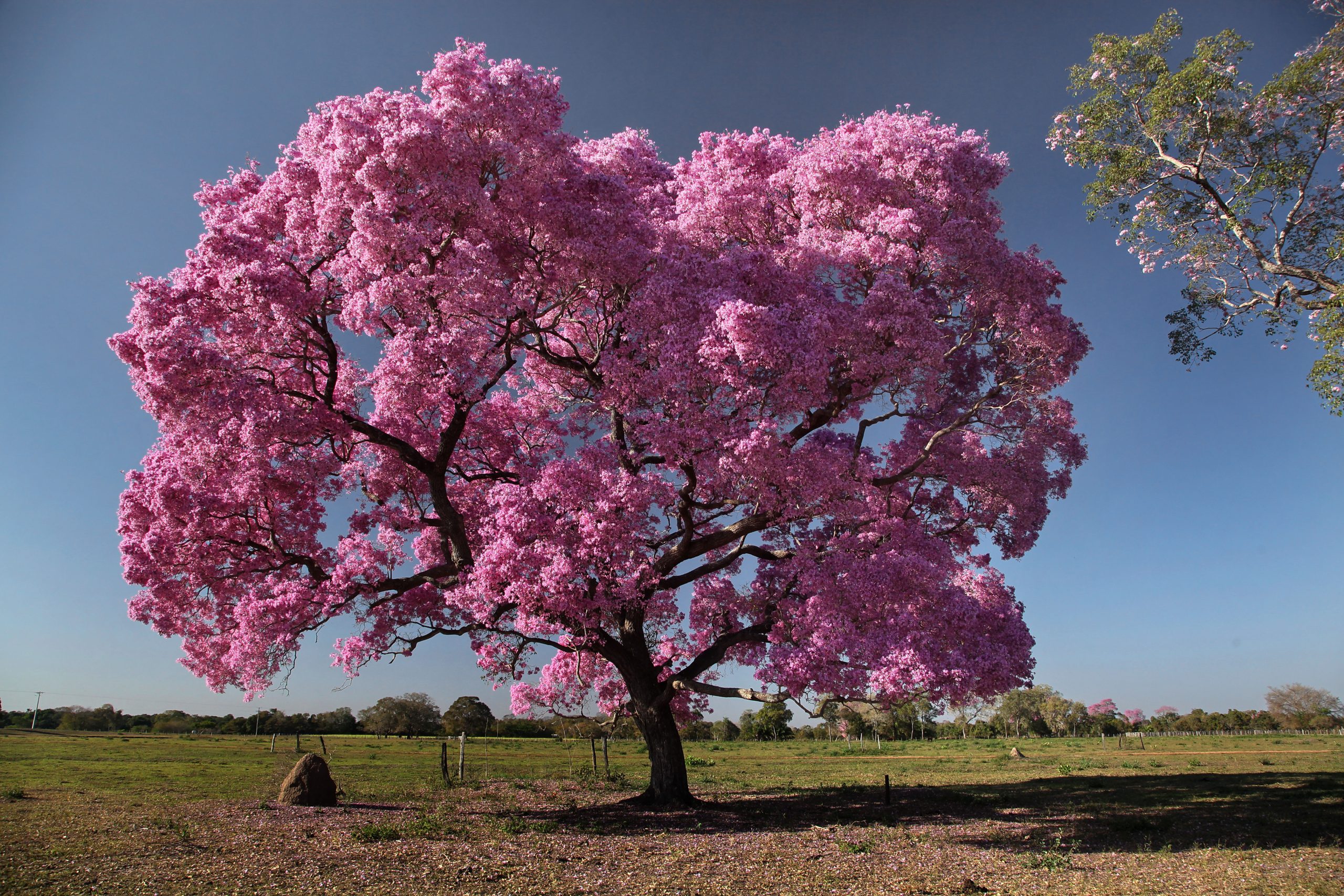
In both cases, parties agreed on a 24-month delay before the listing comes into effect, after some countries said they needed time to prepare for the administrative burden of implementation. The United Kingdom opposed this on the floor of the meeting.
Leigh-Anne Bullough, CITES scientific officer for the UK delegation, explained to Diálogo Chino: “The UK fully supports the listing of Dipteryx, but has concerns that the 24-month implementation delay will risk creating an incentive to harvest large amounts from the wild during the implementation delay to create pre-convention stockpiles. Instead, the UK would like to see range states take advantage of various resolutions to support implementation, and we would also like to work with other parties to help with implementation.”
Checks on trade in freshwater turtles
A total of 12 proposals to increase regulation of trade in freshwater turtles were adopted at CITES CoP19. Latin American species added to Appendix II included the neotropical wood turtles of the genus Rhinoclemmys; mud turtles of the genus Kinosternon, and the distinctive matamata turtles of the Amazon and Orinoco river basins. Species in all of these groups are caught and traded internationally as pets.
“According to official statistics, trade in the matamata to Asia and the USA is increasing, so it is important to include it under CITES,” said Yovana Murillo Vega, programme manager for counter wildlife trafficking in the Andes, Amazon and Orinoco at the Wildlife Conservation Society. “Authorities are also encountering illegal trade in the main source countries like Peru, Colombia and Brazil. Addition to CITES will increase research initiatives to understand the species, both the trade chain and natural populations.”
As the Latin American turtles discussed at CITES CoP19 were added to Appendix II, international sales for the pet trade are not banned, but are now supposed to be regulated to ensure the long-term survival of the species.
Amazonian stingrays
Another group of Latin American species to receive new protection from the pet trade at CITES CoP19 were freshwater stingrays. Seven species of the genus Potamotrygon, all found only in Brazil, were added to CITES Appendix II. The species are popular in the ornamental fish trade in Asia and Europe due to their attractively patterned skin, and Brazil argued that regulation of this trade is needed to ensure their long-term survival.
“These stingrays are sold in Asia. However, Brazil does not authorise exports from the wild and therefore specimens in trade are being traded illegally,” Goyenechea of Defenders of Wildlife told Diálogo Chino. “Now that these species are CITES-listed, this situation will improve, because requirements will be put in place to ensure that trade is sustainable and traceable.”
It’s important now that countries focus actions and efforts on implementation and compliance
Beyond stingrays, Goyenechea spoke of concern over the wider pet trade and a need to increase efforts to monitor and regulate it: “At this CoP, countries signalled that they understand the necessity of regulating the international pet trade, which has been increasing. I wish CITES would look more closely at the pet trade, because it has a big impact on countries that are rich in biodiversity and it’s easy to reduce demand – exotic pets are not something people need.”
Wildlife Conservation Society’s Murillo welcomed the range of new listings at the recent CoP, but pointed to challenges beyond the meeting: “It’s good that these proposals have passed, but now the challenge is implementation. Illegal trade also involves species included in CITES, and we have to combat wildlife trafficking in our region – it’s important now that countries focus actions and efforts on implementation and compliance.”
